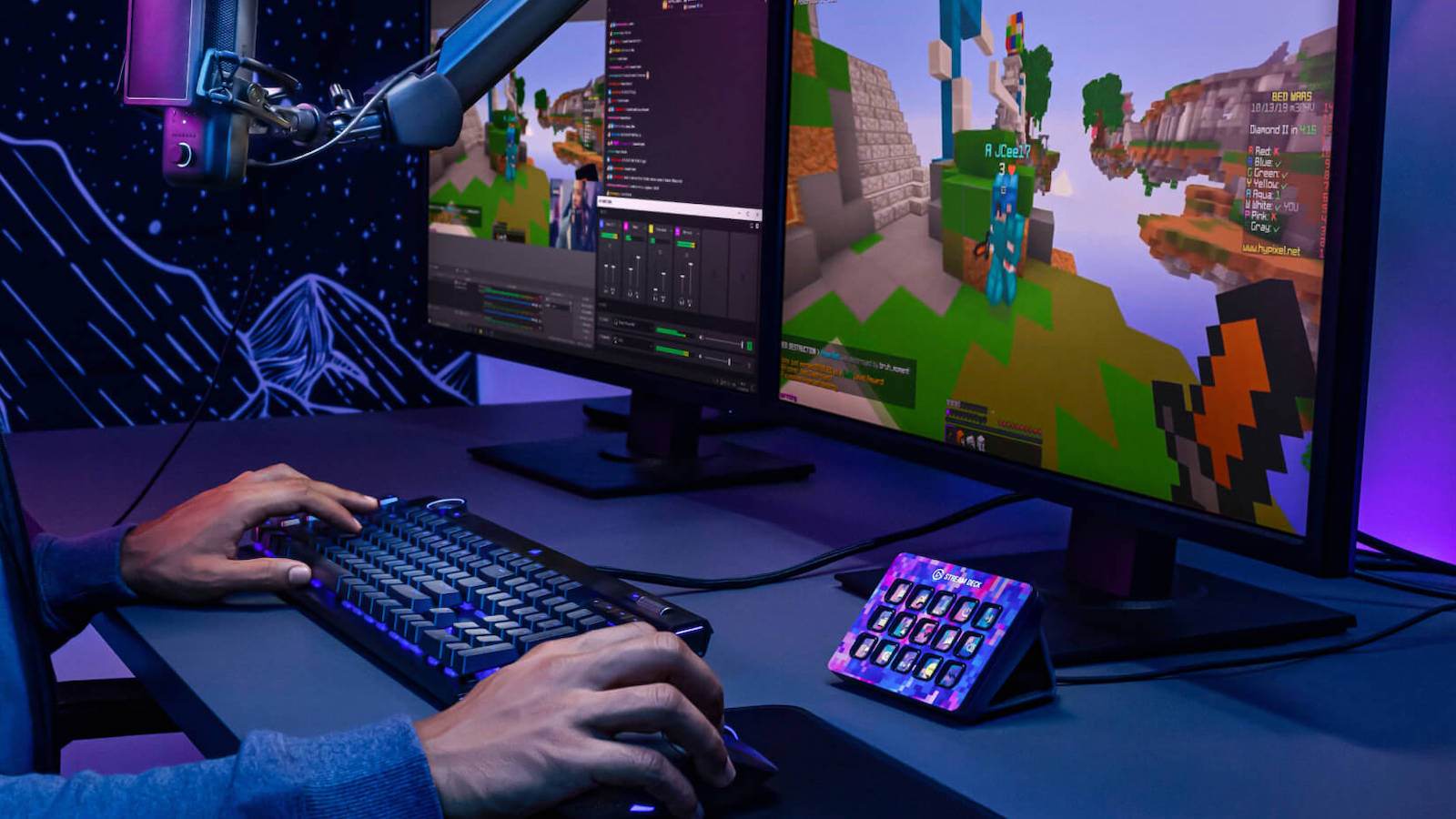

Parallel PortĪlso known as LPT port, these ports were designed for the parallel communication interface. These devices have been mostly superseded by USB as well, however, they still find some use in modern hardware where peripherals do not demand much bandwidth capacity, such as Point-of-Sale terminals, industrial automation, some data acquisition systems, etc. Information transfer occurred serially 1-bit at a time and the interface had a bandwidth capacity of 115 KB/s. The port was designed for a serial communication interface. These ports support hardware compliant with the RS-232 standard.

These ports had either a 9-pin or a 25-pin configuration. Serial PortĪlso known as COM port, these are communication ports that are used to connect devices such as mice, keyboards, and modems. Some corporations might choose PS/2 over USB ports for security reasons. The port also inherently supports N-key rollover, which makes them attractive to gamers. Some USB devices may not operate in BIOS. This is because PS/2 devices do not require drivers, thus they can operate in BIOS. Some may provide a single PS/2 port for legacy support, onto which you can insert either a keyboard or a mouse receptacle. Most modern computers have done away with these ports in favor of USB. These two devices use different sets of commands which means the ports were not interchangeable for them even though the ports were physically identical and employed the same communication protocol. The two PS/2 ports were color-coded and labeled for insertion of keyboard and mouse connectors separately. You usually see two of these ports in older computers, one for a keyboard and mouse each. PS/2 ports are 6-pin connectors that were used to connect legacy keyboards and mice. Now let’s take a look at the most common computer ports and their functions one by one. There has been some initiative to unify all various port types in the form of USB-C in recent times, however, that does not change the fact that there is still legacy hardware that uses various different types of ports. By providing a junction point where the peripherals can attach, they enable the peripherals to communicate with the CPU and carry out their normal functionalities.Īs to why there are so many different ports of varying shapes and sizes, the simple answer lies in the fact that various peripherals have varying compatibility, bandwidth, optimization, and shape requirements. Peripherals such as keyboards, mice, monitors, speakers, external storage device, etc all need a method to communicate with your computer. A computer port is a junction or a connecting point between a peripheral device and your computer.


 0 kommentar(er)
0 kommentar(er)
